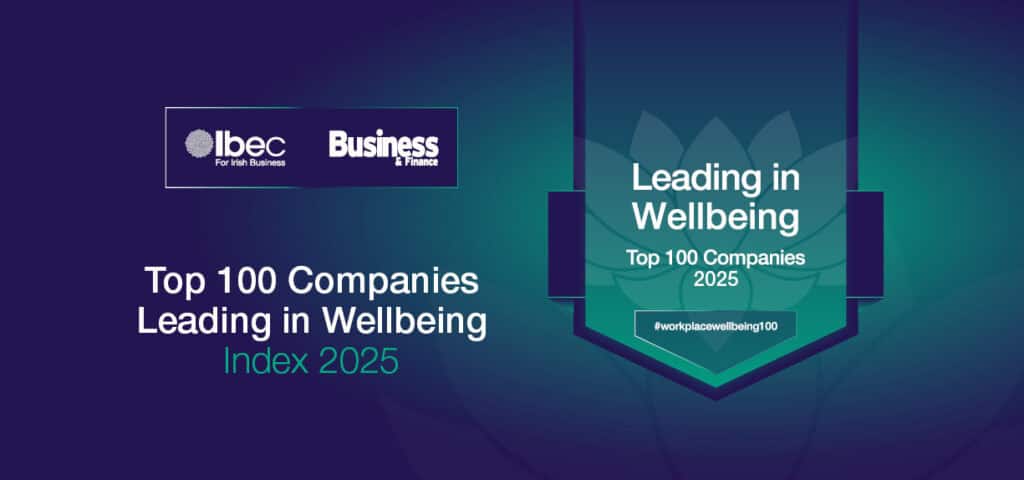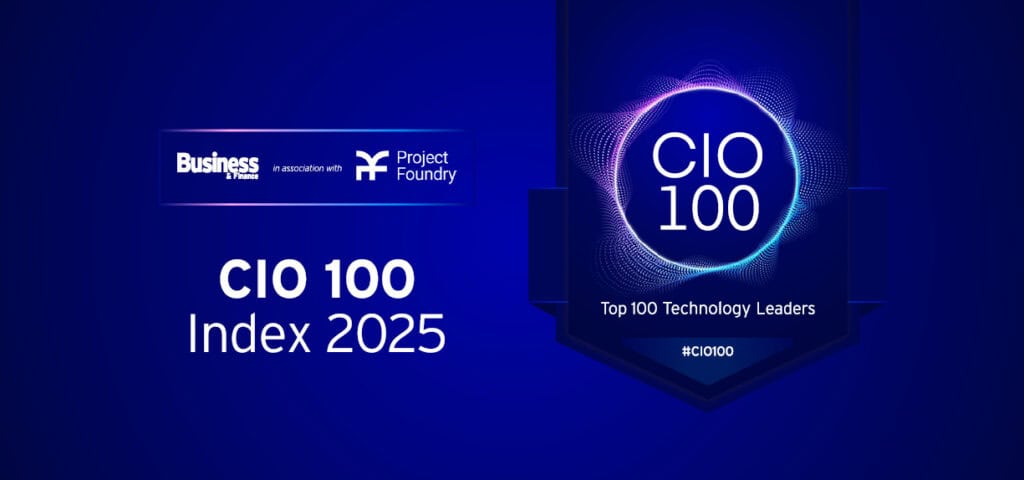By corporate learning and development expert Sean O’Neill
According to a recent Microsoft study, the human attention span has decreased from 12 seconds down to eight over the course of just a decade. Today’s workers are more distracted than ever.
Long training sessions and chunky textbooks are seen as laborious and dreary while learning in short bursts, that can be self-directed is often much more attractive.
For this reason many companies are now using an e-learning strategy called microlearning, where employees can digest short chunks of information on the move to introduce them to a particular topic.
In the past, companies would spend a massive amount of budget on expensive classroom based training sessions, taking time out of an employees working week, perhaps flying them to wherever the training would be held.
If a company had several locations to organise such training for this was a lot of work, and so it happened more infrequently.
THE RIGHT BLEND
Companies still spend billions on training annually, but in today’s knowledge economy, training needs to be continuous and up to date. With the advent of e-learning systems, training can now be rolled out globally, and companies are taking a more blended approach.
Blended learning is a new way to look at corporate training. This involves the idea of using multiple forums to distribute training content.
Advances in e-learning technologies have facilitated this, so that employees can now do preliminary work getting to know the topic using an e-learning platform, before they enter the classroom, where they have the opportunity to discuss it with an expert.
This can then be followed up by microlearning using mediums such as video and short interactive questions, to embed the new knowledge in the long-term memory of the employee.
WHAT IS MICROLEARNING?
Microlearning involves delivering short bursts of learning content in easily digestible chunks. It can be used across mediums such as mobile to target executives or sales people who are frequently on the move and don’t always have a lot of time to spend on training.
By encouraging teams to take just a small amount of time out of their day, they will become more of an expert in their field and so more effective at their job.
But microlearning is not suited for all kinds of training and development. It is best used for introductory information around a topic or for refreshing employees memory of the subject. Shorter curriculums are best broken up into micro-learning chunks while longer course segments should still be delivered through classroom-based training.
Many of the worlds Fortune 500 companies are now investigating how microlearning can be used most effectively within their organisations.
Microlearning involves delivering short bursts of learning content in easily digestible chunks
The use of a blended approach is also suited to the idea that individuals learn differently. Some respond better to visual methods, while others respond better to sound.
With the introduction of analytics, data on how your employees are interacting with the content can be compiled and analysed to improve individual learning outcomes.
Microlearning has become a cost effective way to get teams up to speed quickly with an idea and to start seeing performance benefits. For companies concerned about ROI, this can look like a more tangible option.
HOW CAN WE IMPLEMENT MICROLEARNING?
The process for introducing this methodology to your business environment should involve four steps:
- Understand what you want to achieve
- Develop and gather existing course material
- Summarise and sequence material into bite-sized chunks
- Deliver the material across your chosen platform
 About the blogger
About the blogger
Sean O’Neill is a writer on corporate learning and development, and sales and marketing related topics. He has over 10 years’ experience in business development for market leading companies in Ireland and UK, many of which have been in the technology sector.
Sean has a strong interest in sales enablement and coaching and is currently studying within the field of organisational psychology in addition to holding a diploma in coaching for business.
Prior to this, Sean has earned a BA in journalism, and is interested in the relationship between media, psychology, and learning and development to enhance business in the workplace.
Sean is an experience writer, whose work has been published in Decision Magazine, Irish Independent and ThinkBusiness.ie, among others.
Click here to view Sean’s LinkedIn page.



